The earliest known culture of the Indian subcontinent is the Indus Valley Civilization, which developed primarily during the Chalcolithic period (3300-1300 BCE). Most of the sites belonging to this period have been excavated from modern-day India and Pakistan.
The Indus Valley Civilization had two great cities, Harappa and Mohenjodaro, which emerged around 2600 BCE along the Indus River Valley in the Sindh and Punjab provinces of Pakistan. The discovery and excavation of these cities in the 19th and 20th centuries provided important archaeological data regarding the civilization's architecture, technology, art, trade, transportation, writing, and religion.
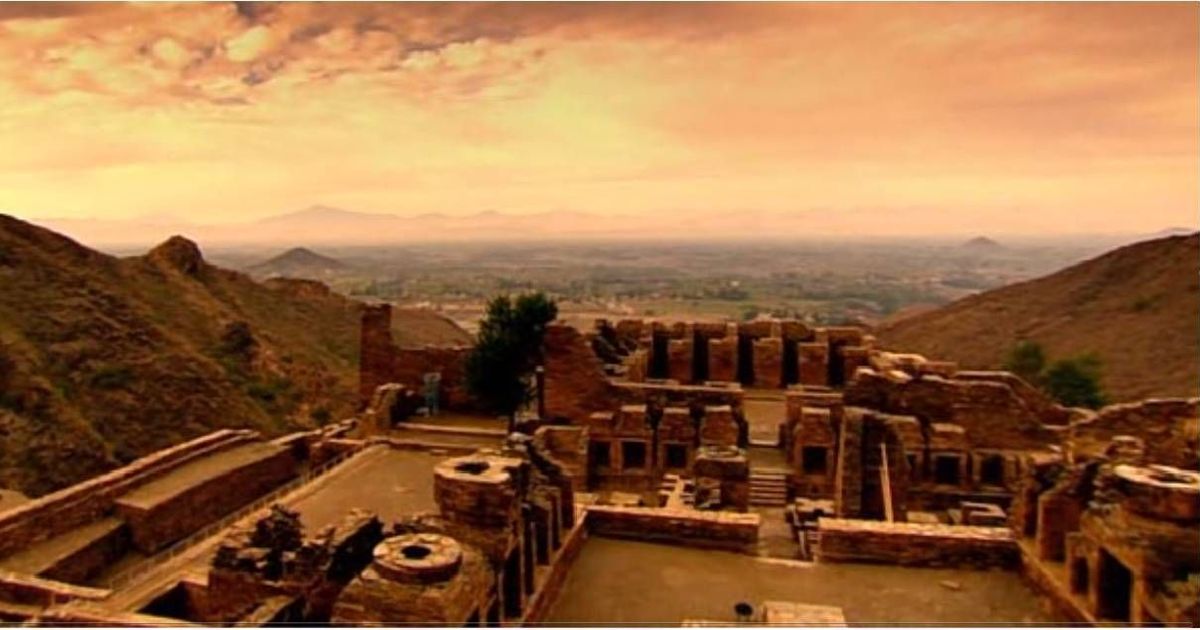
Other important archaeological sites belonging to this period include Kot Diji in Sind, Kalibangan in Rajasthan, Rupar in the Punjab, Banawali in Haryana, and Lothal, Surkotada, and Dholavira, all three in Gujarat. Among the excavated sites, Rakhigarhi, a village located in Haryana, is the largest Indus Valley Civilization site.
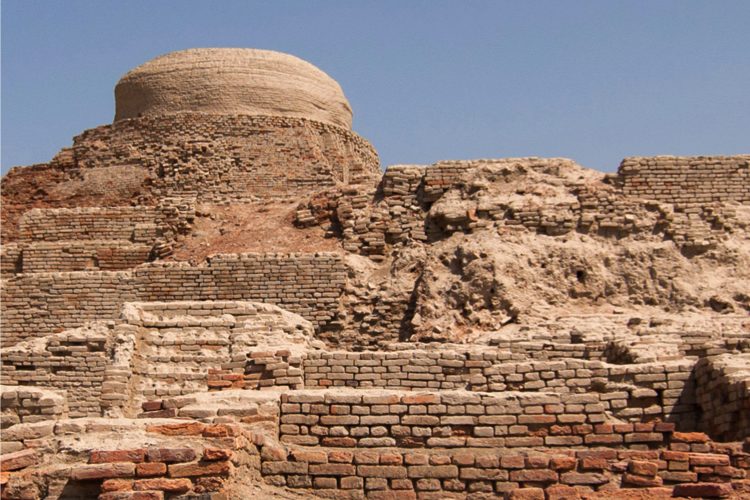
Previously, Mehargarh in the Pakistani province of Baluchistan, dating from around 7000 B.C.E., was considered the oldest Indus Valley Civilization site. However, Bhirrana is now considered the oldest discovered site, with some of the oldest mounds dating back to 7500 B.C.E.
The architecture of the Indus Valley Civilization was indigenous and developed without any apparent foreign influence. The buildings were constructed purely from a utilitarian perspective rather than for aesthetic purposes. However, the architectural practices evolved from local cultures that had roots extending back thousands of years to the earliest farming and pastoral communities. The crowning jewel of the Indus Valley Civilization's architecture happens to be the sophistication achieved with its town planning, with no other contemporary civilization able to boast such sophistication.
The town planning of Harappan cities was not uniform, but a similar pattern was followed in most of them. The fortification wall, the citadel and lower town, streets and lanes, drainage system, and water management system were the important features of Harappan city plans. The city plan was designed by the architects with the help of geometrical tools.
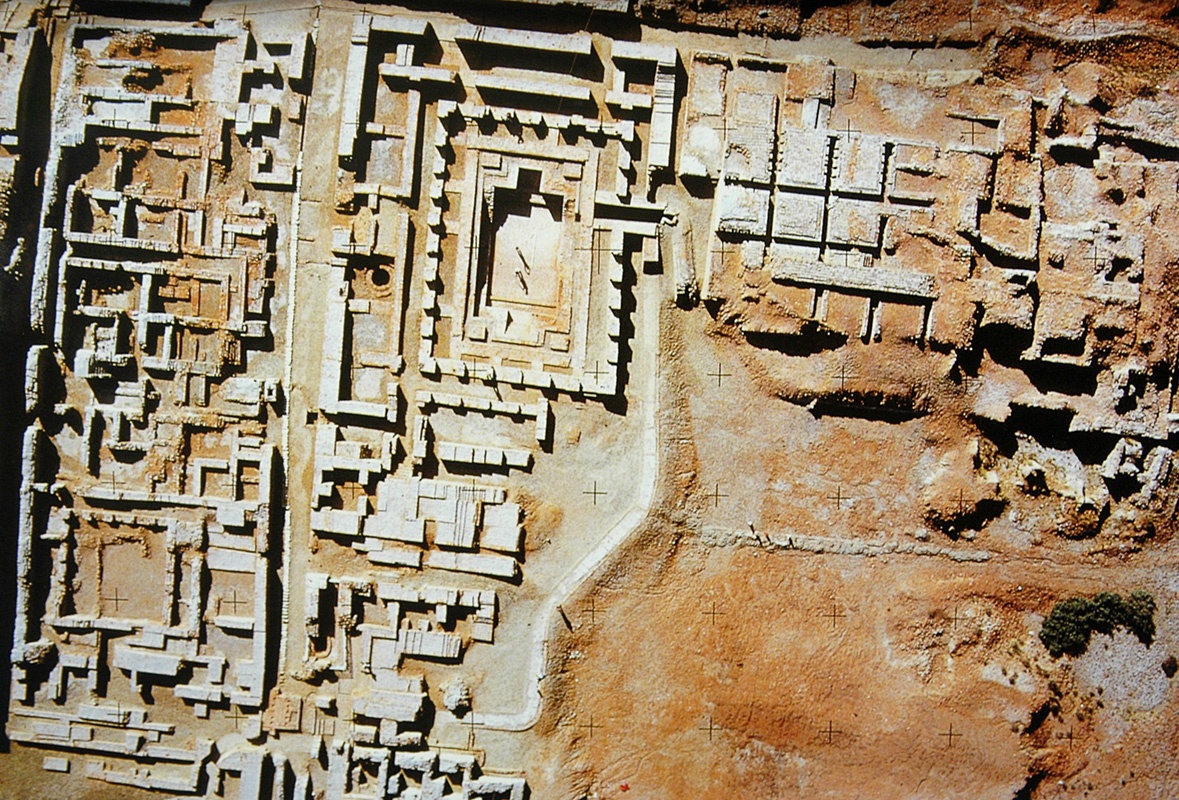
The Harappans were the first to prioritize the welfare of workers by establishing separate worker's quarters, which has now become a necessity in a welfare state. Fortification was a common feature across the Indus Valley Civilization sites, primarily constructed for providing security to the citizens from any attacks.
Harappan cities were composed of walled sectors in different parts of the settlement. The citadel was built on a raised platform, while the lower town was located on the lower part of the town. Public buildings, like the Great Bath, were built in the citadel, while the lower town usually had only residential buildings. Some of the metropolitan cities, like Harappa, Mohenjodaro, Kalibangan, Banawali, Rakhigarhi, Lothal, and Dholavira, had citadel and lower town, but most of the cities' settlements were not divided into citadel and lower town.
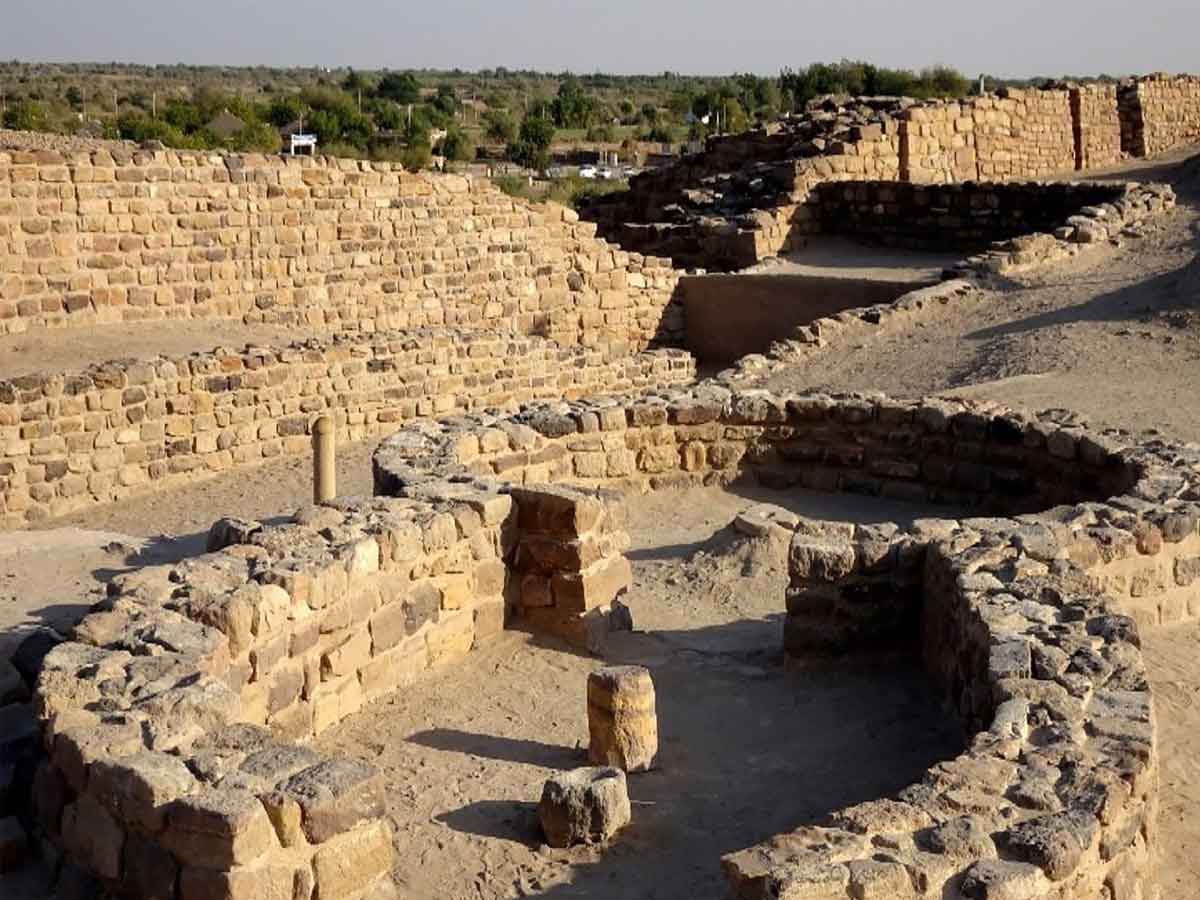
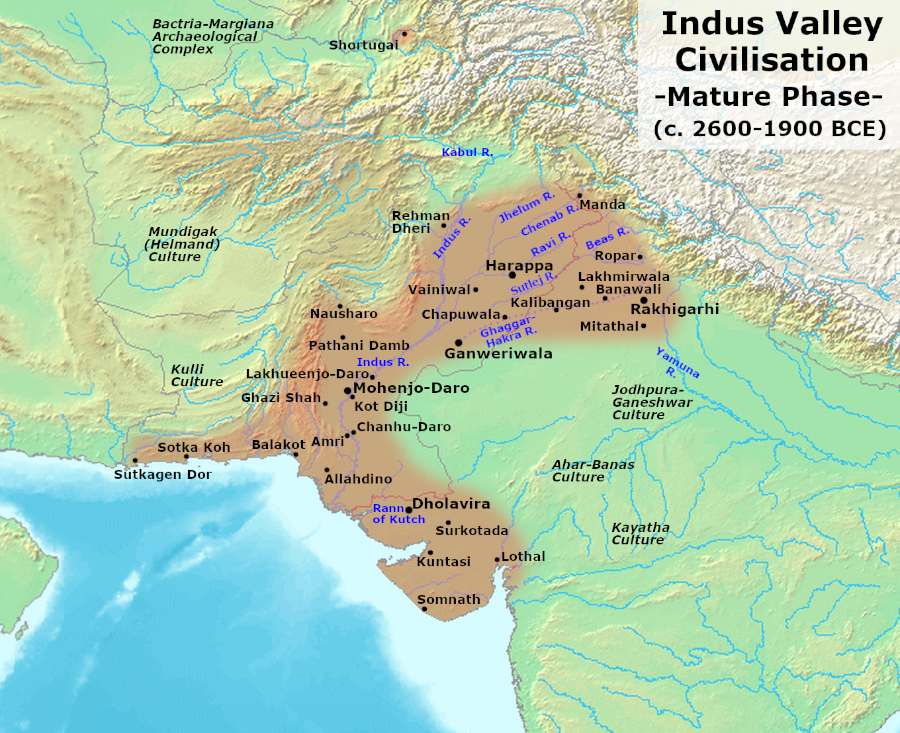
The Harappan people made their houses on platforms to prevent flooding, and they were masters of hydraulic engineering, developing an efficient drainage system. The Harappans used a grid pattern in their city planning, and the drops at regular intervals were constructed in the drains for self-cleaning. Soakage jars, man-hole cesspools, and other components were important in the drainage system. The construction of reservoirs was also a notable feature of the Indus Valley Civilization.

